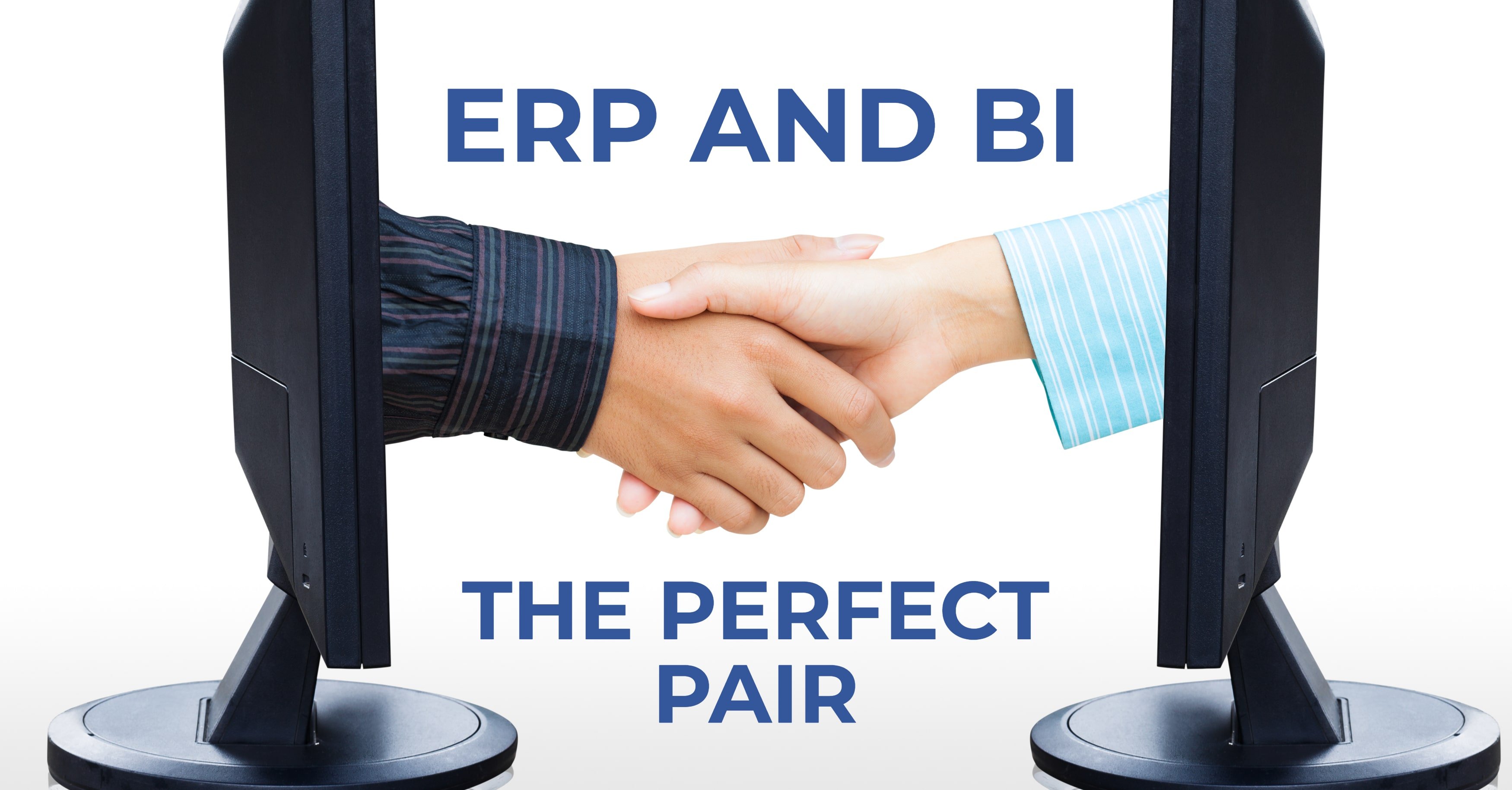ERP and BI: More than Just Buzzwords
The tech industry has its fair share of buzzwords and acronyms, often making tools and processes sound a lot more intimidating than they really are. Case in point: BI. BI, or Business Intelligence, refers to the technology that analyzes enterprise data to enable smarter decision making. Once available only to corporate powerhouses, BI is finally available for small to mid-sized businesses.
ERP software has also become increasingly accessible to smaller companies, streamlining processes throughout companies of all sizes. But what is the use of ERP if you can’t translate data into actionable insights? Furthermore, what is the use of BI without the technology that automates and manages processes? That’s why BI and ERP belong together. By getting the most from your data, the combined power of ERP and BI makes even small and mid-size manufacturers strong forces in their industries.
Meaningful Information from Big Data
Data is growing exponentially, but manufacturers are taking advantage of only a tiny fraction of this information. Small to mid-size businesses are overloaded with so much information that it’s impossible to get a grip on every datum to drive smart decision making—rendering all that money spent on data tracking a waste. What is a company to do to get a return on their investment and leverage massive amounts of data?
By connecting ERP with BI, big data transforms into readable reports that drive effective business strategies. BI tools digest a wealth of data, from shipping and logistics to ERP processes and your business model. User-friendly reports deliver meaningful information to help you identify the root cause of manufacturing issues. Predictive analytics allows manufacturers to leverage data to productively plan for their next move. Drill-down capabilities reveal granular insights into everything from product margins to shop floor efficiency. Furthermore, this information is generated automatically, so you don’t have to take the time to manually compile reports and analyze ERP data.
Functionality and Flexibility
BI tools provide all the information you need from any device, but what good is that if your interface is so rigid and clunky that this data is indecipherable? This was the dilemma faced in the early days of BI. Fortunately, BI technology has evolved to offer functional, flexible user experiences, enabling all workers to get the information they need in clear formats. Jet Analytics, for example, includes drag-and-drop features to simplify report creation. Within minutes, users can generate dashboards and reports that deliver real-time insights.
Though more and more ERP solutions consist of BI tools, most businesses have already compiled their own BI and reporting systems. Getting users to migrate from their familiar reporting technology to their ERP’s BI features is often a losing battle. With Jet, users can leverage Microsoft Power BI, Excel, Tableau and any other reporting tool to instantly analyze thousands of ERP tables and fields. It also consolidates all your information in a single data warehouse, keeping vital enterprise insights in one place. By employing flexible and functional BI solutions to examine ERP data, you can ensure that your data isn’t going to waste.
Wrap Up
The combined power of ERP and BI might be just the thing that sets your business apart from the competition. But ERP and BI aren’t the only dream team. Make sure your business partners with expert consultants who know how to get the most from both your ERP and BI features.
An Epicor Gold Partner with over 20 years in business, Datix knows how to maximize the value of ERP data. With Jet Analytics, manufacturers and distributors gain real-time insights on any device. Jet gives you the agility to capitalize on ERP data for optimal decision making.
Make your business work smarter, not harder. Contact Datix today to learn about our BI and ERP solutions!
{{cta(‘770c1544-d87d-4acb-9fc4-7a25e1385094′,’justifycenter’)}}


